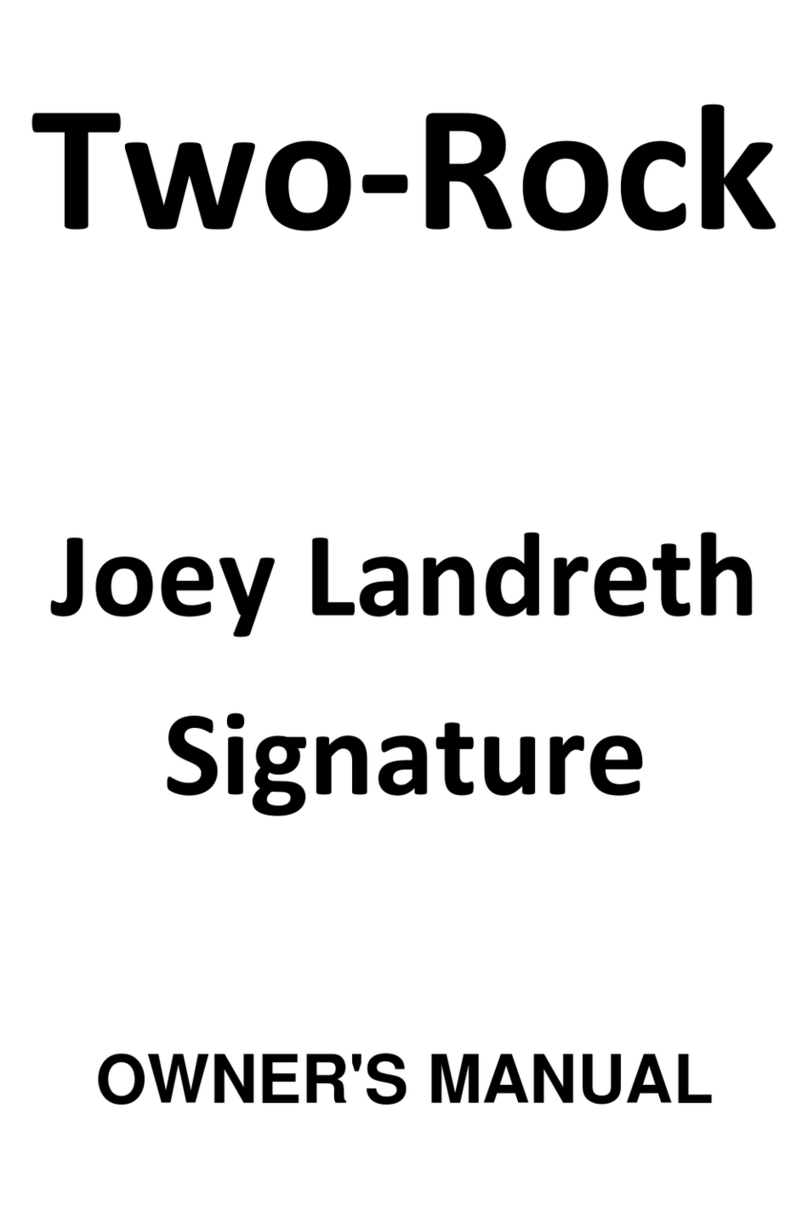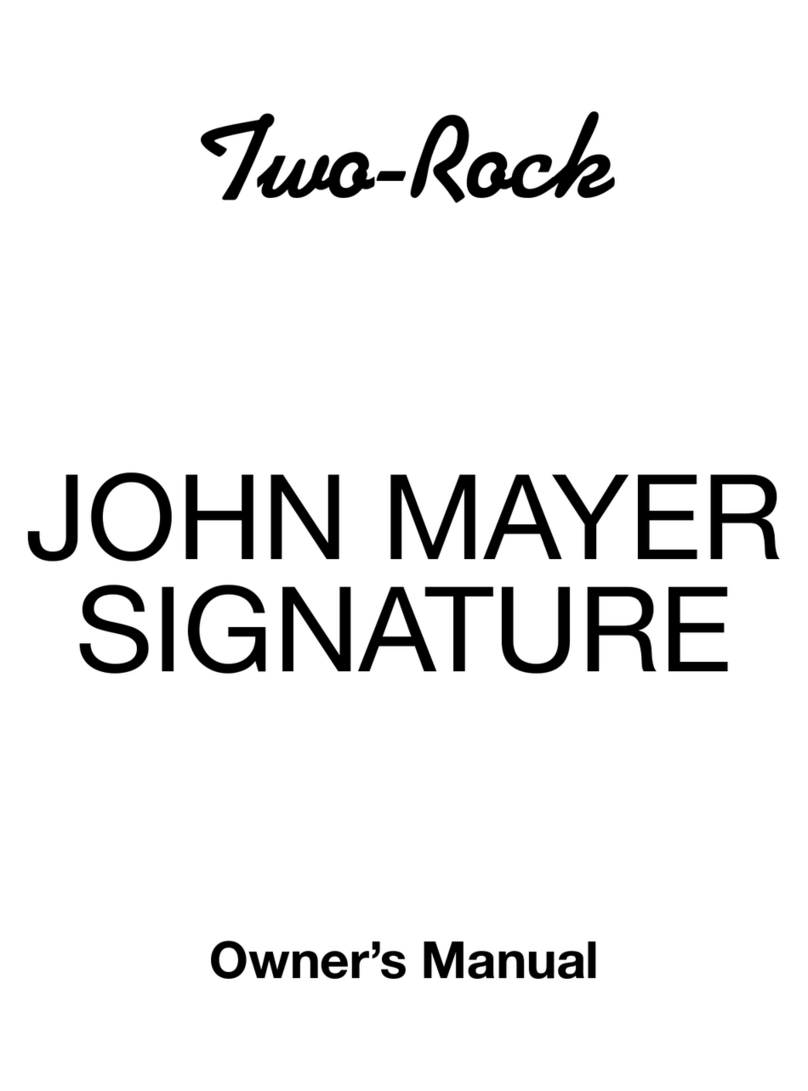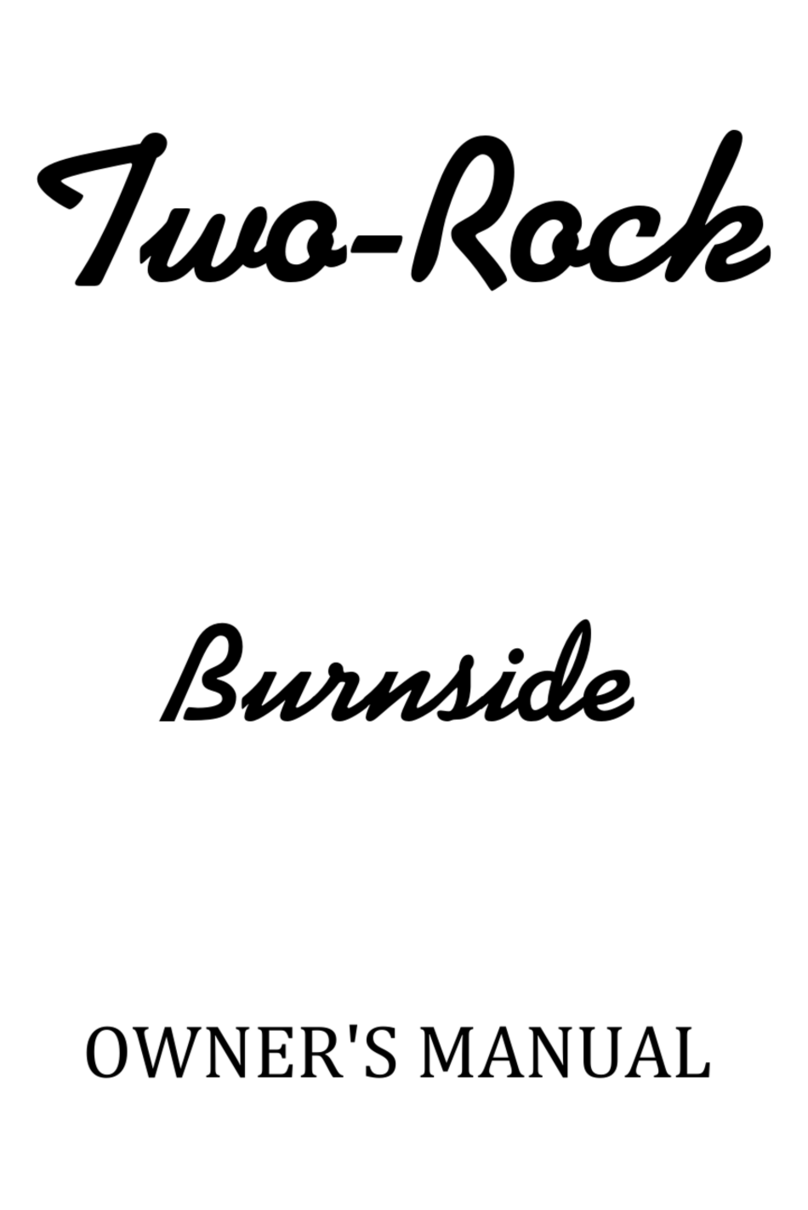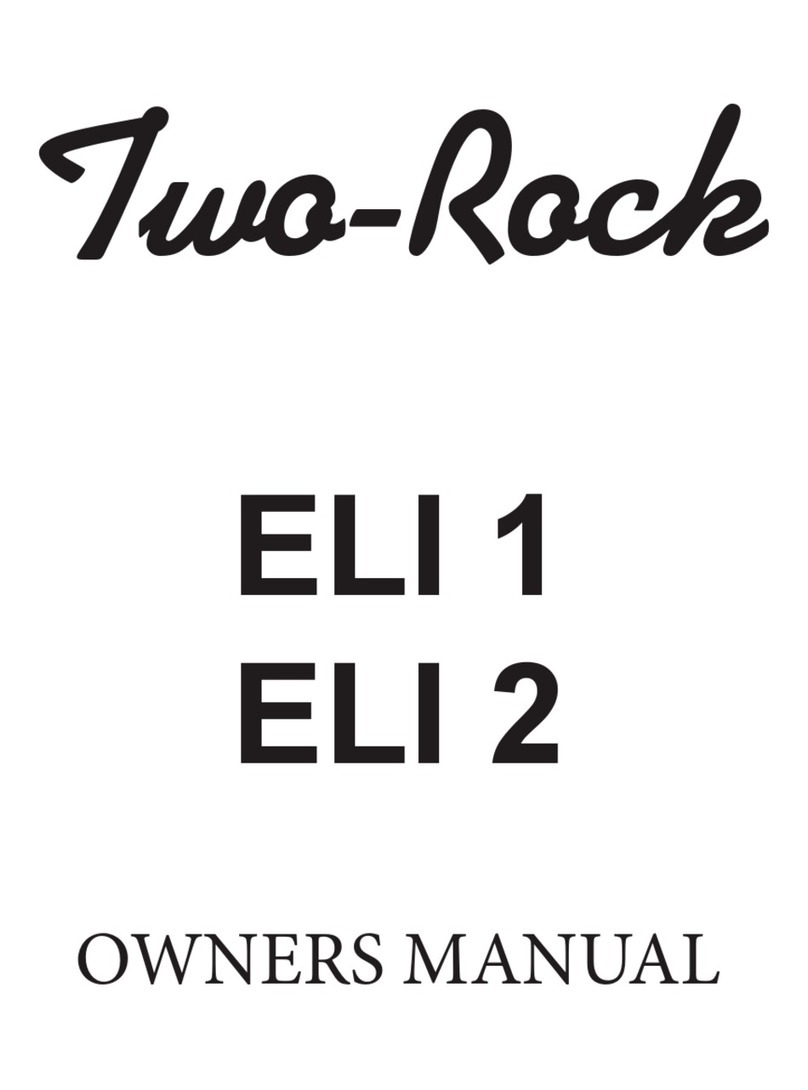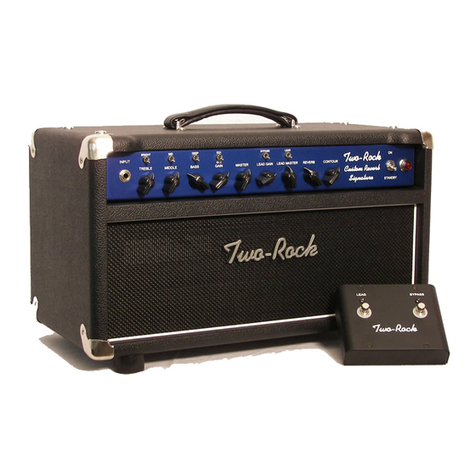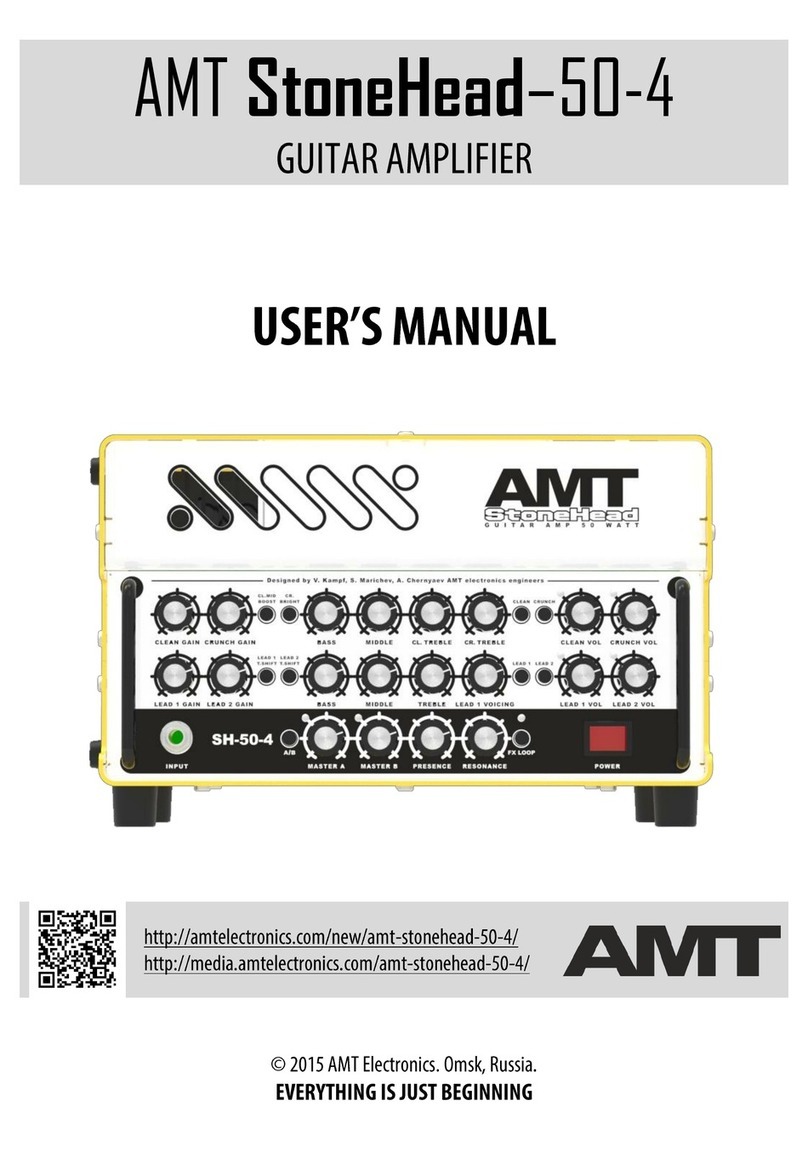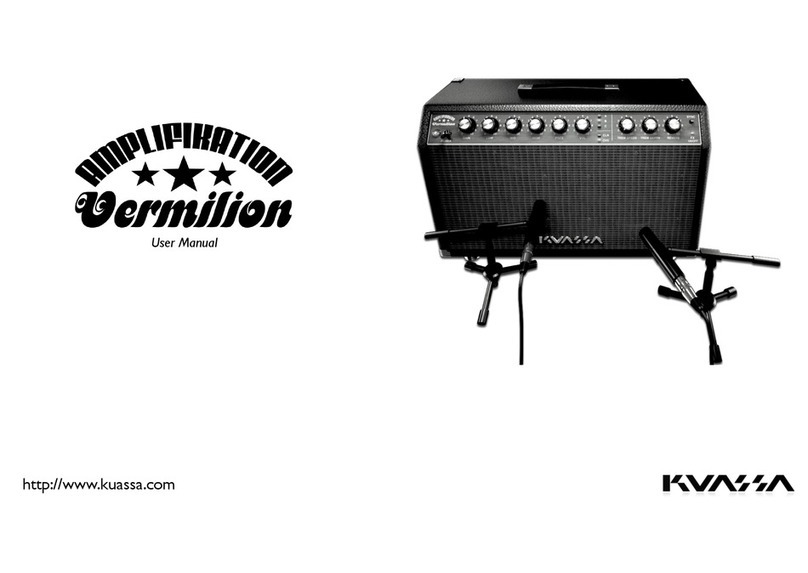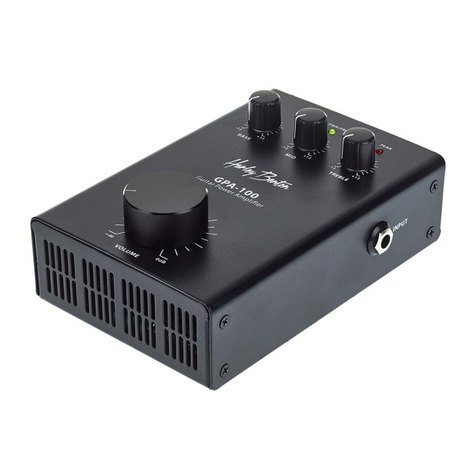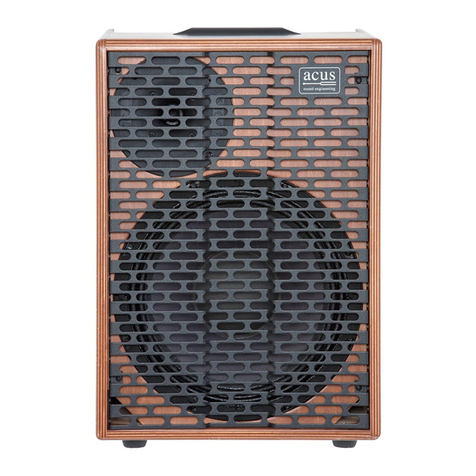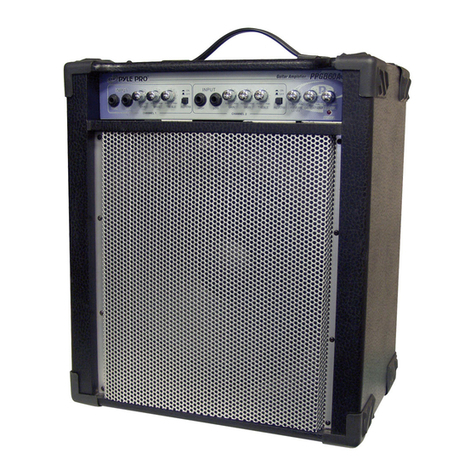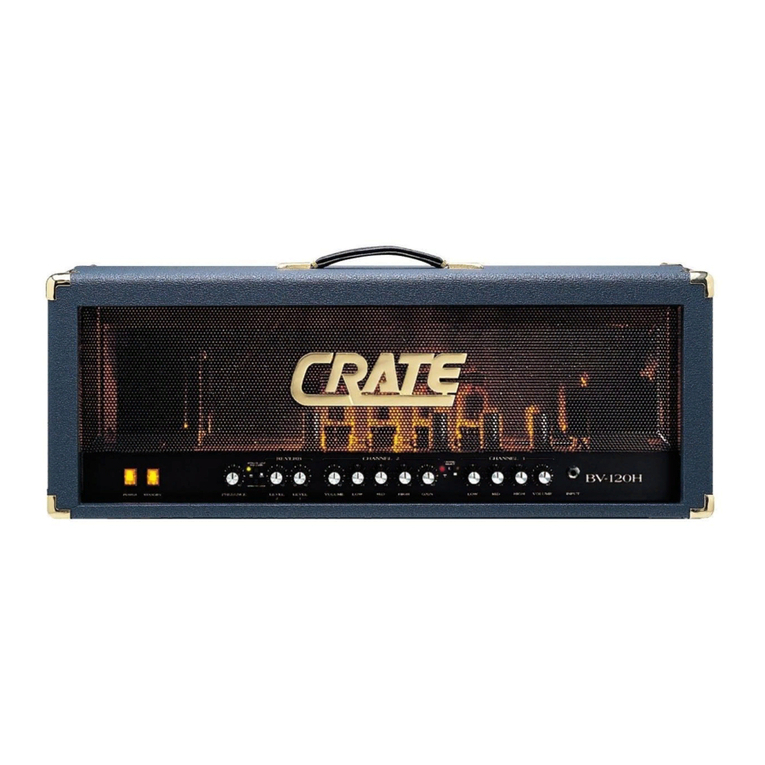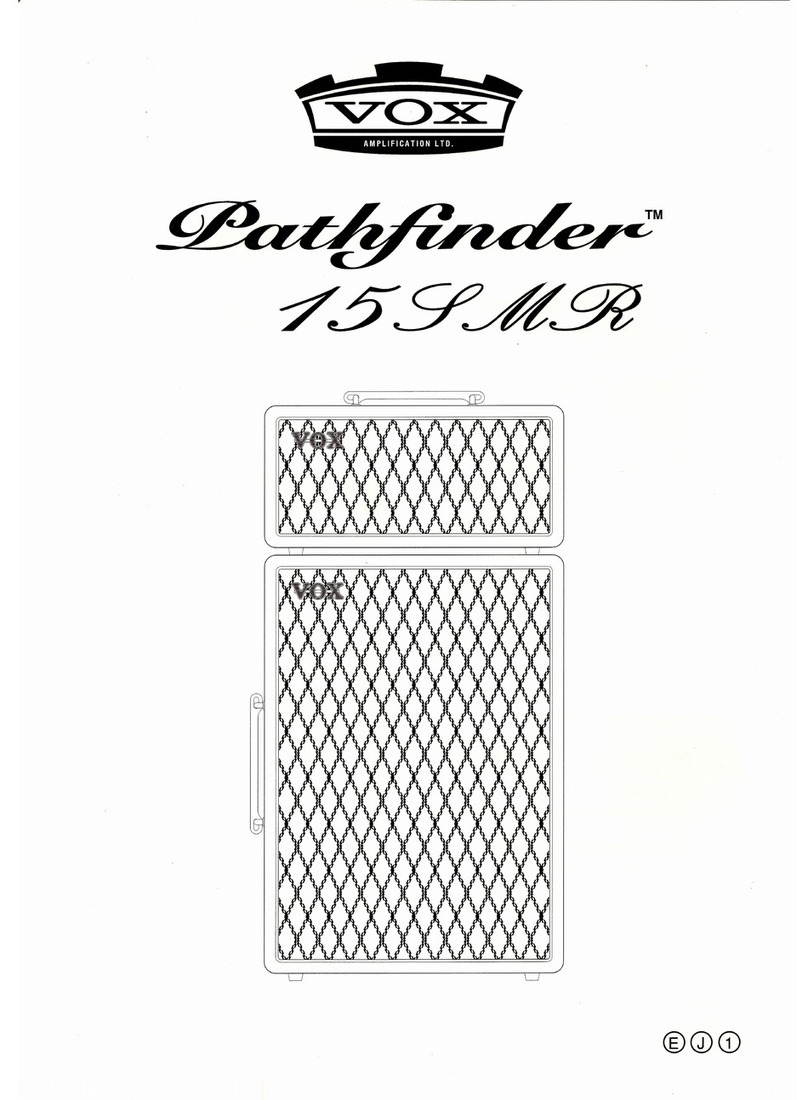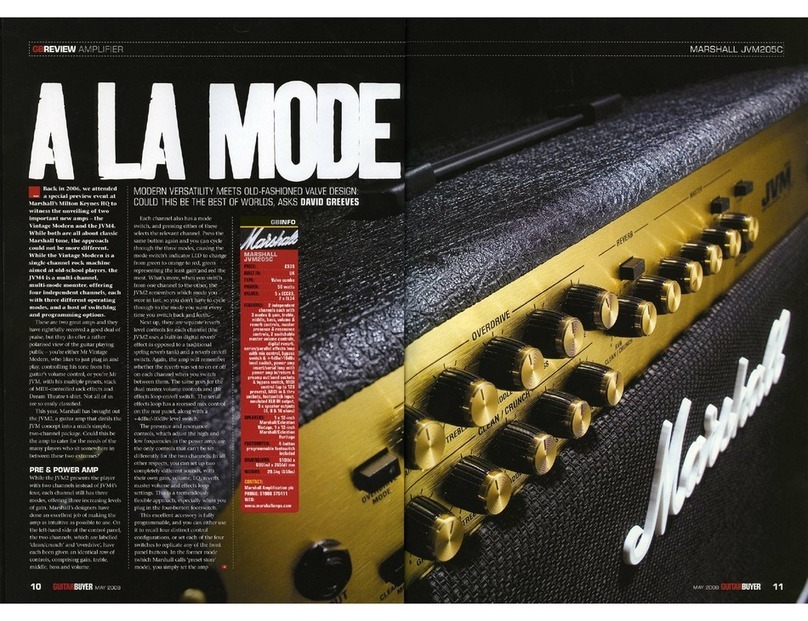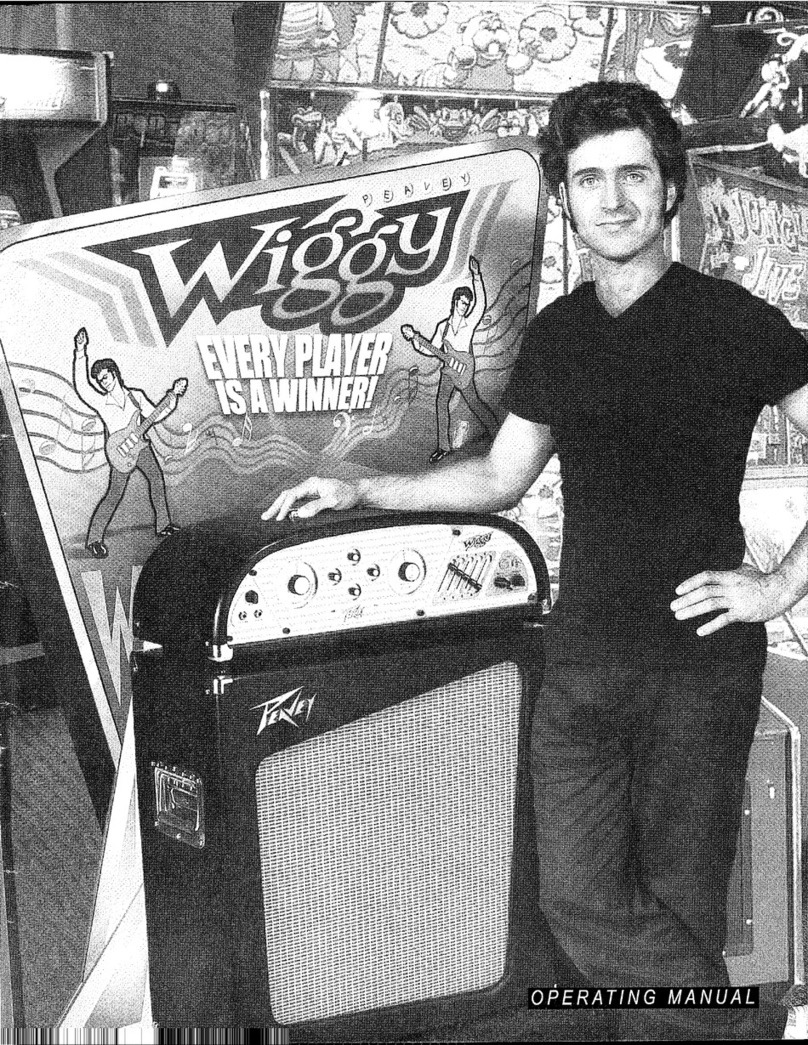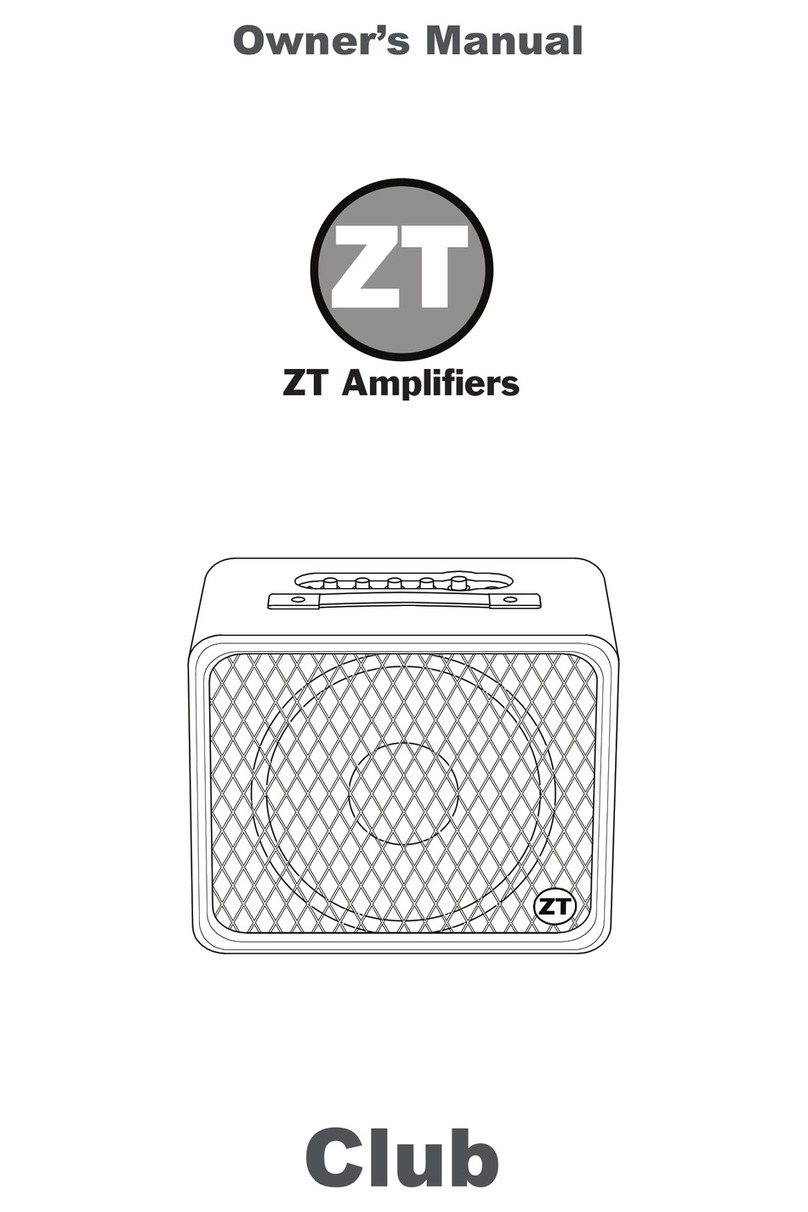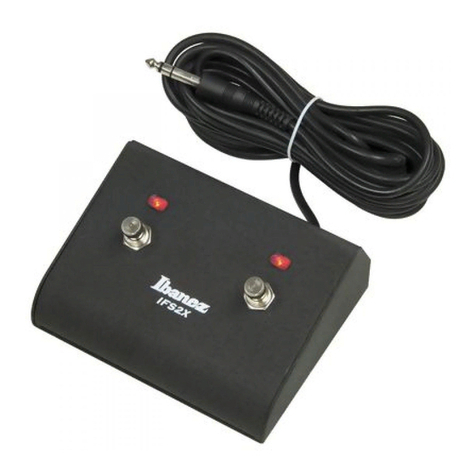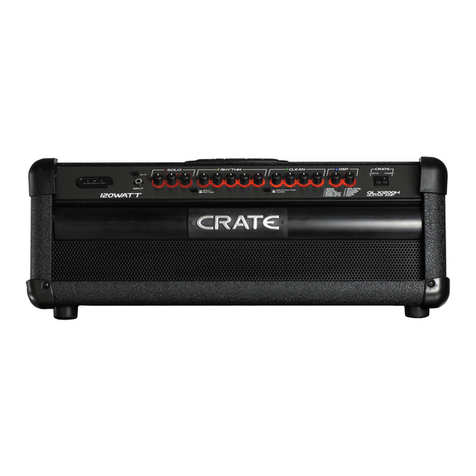Dear Customer,
Thank you for your purchase of a amplifier from Premier Builders
Guild.
As a discerning guitarist, you know the road to great tone begins with
great components.
Our Classic Design, carefully selected parts and hand-built approach
combine to make an extremely versatile instrument.
Please take the time to read this manual. We hope it will answer any
questions that you may have.
We extend a warm welcome to you as a member of a select group of
musicians who have chosen a amplifier.
Important Safety Instructions
1. Read these instructions
2. Keep these instructions
3. Heed all warnings
4. Follow all instructions
5. Do not use this apparatus near water
6. Clean only with dry cloth
7. Do not block any ventilation openings. Install in accordance with the manufacturer’s instructions
8. Do not install near any heat sources such as radiators, heat registers, plugs, and the point where they
exit from the apparatus
9. Protect the power cord from being walked on or pinched particularly at plugs and the point where they
exit from the apparatus
10. Only use attachments/accessories specified by the manufacturer
11. Unplug this apparatus during lightning storms or when unused for long periods of time
12. Refer all servicing to qualified service personnel. Servicing is required when the apparatus has been
damaged in any way, such as power-supply cord or plug is damaged, liquid has been spilled or objects
have fallen into the apparatus, the apparatus has been exposed to rain or moisture, does not operate
normally, or has been dropped
13. CAUTION: To disconnect the unit completely from the MAINS, unplug the unit. Turning the power switch off
does not disconnect the unit completely from the MAINS.
